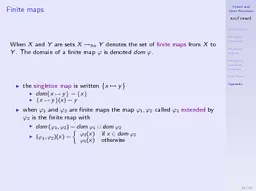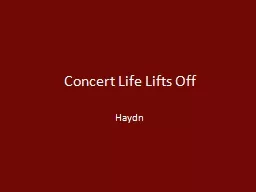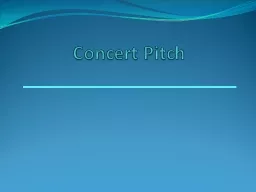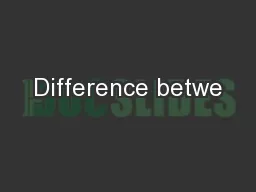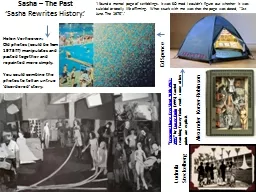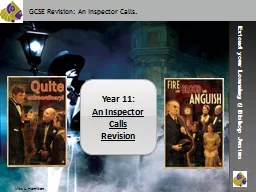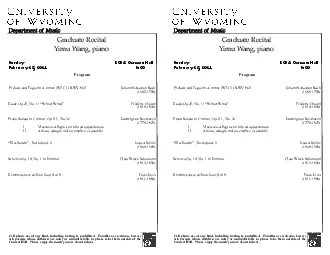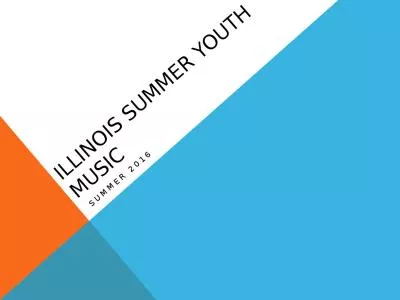PDF-No On File Sharing with Indirect Network Effects Between Concert Ticket Sales and Music
Author : celsa-spraggs | Published Date : 2014-11-23
In a model with two interre lated Hotelling lines prices in both markets are corrected downwards when compared to the standard Hotelling model Also 64257le sharing
Presentation Embed Code
Download Presentation
Download Presentation The PPT/PDF document "No On File Sharing with Indirect Networ..." is the property of its rightful owner. Permission is granted to download and print the materials on this website for personal, non-commercial use only, and to display it on your personal computer provided you do not modify the materials and that you retain all copyright notices contained in the materials. By downloading content from our website, you accept the terms of this agreement.
No On File Sharing with Indirect Network Effects Between Concert Ticket Sales and Music: Transcript
Download Rules Of Document
"No On File Sharing with Indirect Network Effects Between Concert Ticket Sales and Music"The content belongs to its owner. You may download and print it for personal use, without modification, and keep all copyright notices. By downloading, you agree to these terms.
Related Documents


